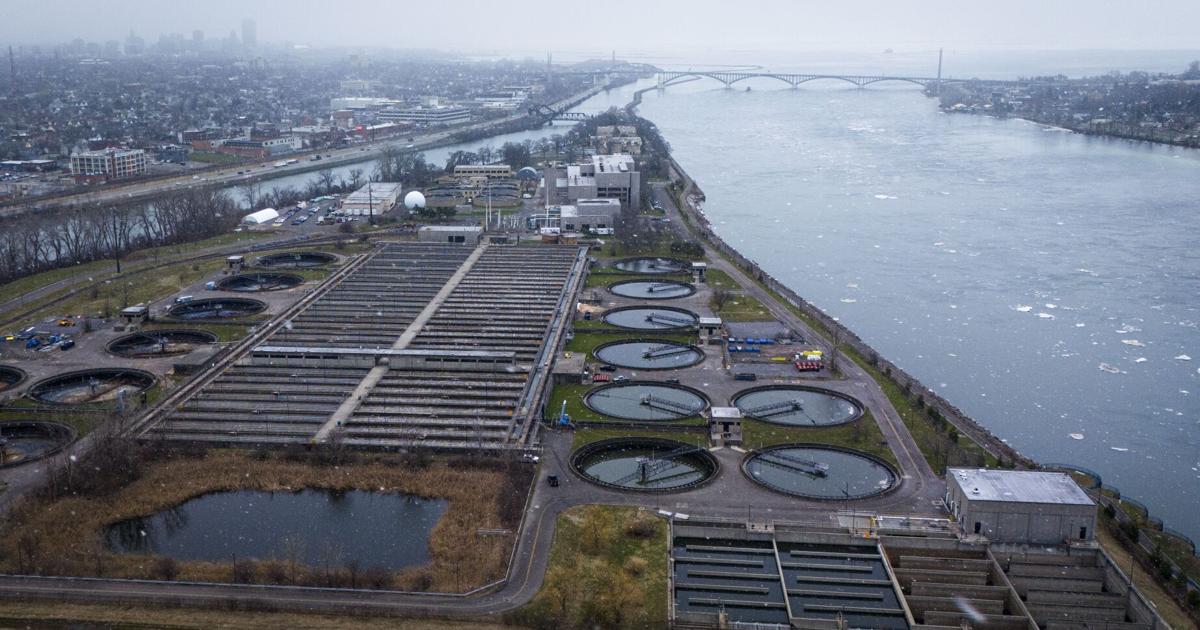
With the Buffalo Sewer Authority facing state violations for noncompliance, a settlement to improve water quality along the Niagara River and its tributaries, and improve public health, has been agreed to by the state Department of Environmental Conservation, the state Attorney General’s Office and the Buffalo Sewer Authority.
The agreement addresses longtime water quality violations, requires the Buffalo Sewer Authority to put into place a long-term modernization plan and upgrade water infrastructure to greatly reduce the amount of sewage that enters Niagara River watersheds. The commitment to cleaner water also includes a public participation plan meant to promote environmental justice and address impacts on local communities.
“Every New Yorker deserves clean, safe water,” said Attorney General Letitia James. “This agreement is a major step forward in protecting the health of Western New York families and preserving the Niagara River for generations to come.”
In the last decade, the Buffalo Sewer Authority has invested hundreds of millions of dollars in Buffalo to address “overflow events” that dispel sewage into local waterways. That has succeeded in cutting overflow events nearly in half – reducing the volume by over 400 million gallons per year. But it has failed to reach all of the goals outlined in its 2014 Long-Term Control Plan.
The new agreement looks to extend goals from the Queen City Clean Waters Initiative, which is meant to reduce overflows from the city’s sewers by helping flow reach the Bird Island Wastewater Treatment Facility during wet weather, instead of entering Buffalo’s creeks and river. It also earmarks $100,000 in investment in the City of Buffalo’s park system and includes a civil penalty of $20,000.
Listen now and subscribe: Apple Podcasts | Spotify | RSS Feed | SoundStack | All Of Our Podcasts
Buffalo Sewer Authority’s wastewater treatment facilities, which include the Bird Island Wastewater Treatment plant and a large combined sewer collection system, have strict DEC permits that allow treated sanitary wastewater and stormwater to be discharged from an outfall at Bird Island.
During heavy rains, or when snow melts rapidly, wastewater can exceed capacity at wastewater treatment plants. In those cases, two outfalls are used to discharge partially treated combined sewage at Bird Island. Another 52 Combined Sewer Overflows discharge excess wastewater – including untreated sewage – directly into fresh bodies of water nearby. Every year, that amounts to an estimated 1.4 billion gallons of combined sewage overflow to the Niagara River and its tributaries.
The Buffalo Sewer Authority was facing state violations over its failure to put into place sewer system improvements that were required to make sure that combined sewer overflows complied with technology and water quality requirements. It also didn’t perform certain upgrades required under the Long-Term Control Plan. To address that, the agreement announced Saturday includes a revised Long-Term Control Plan consisting of $1 billion in both gray and green infrastructure projects over a schedule of 15 years.
Green infrastructure – an eco-friendly way of managing stormwater with things like green roofs, permeable pavement, rain gardens and restored wetlands – soaks up and stores water much like the way nature would. It significantly reduces the amount of stormwater sent to a plant for treatment and reduces combined sewer overflows.
Also included in the agreement are a $20,000 civil penalty and a $100,000 environmental benefit project to purchase and install playground equipment and educational materials to increase public awareness about reducing waterway pollution in Buffalo.
The state DEC will revise the Buffalo Sewer Authority’s State Pollutant Discharge Elimination System permit to incorporate the settlement requirements. The agreement is memorialized in a consent judgment being reviewed by the State Supreme Court for Erie County.
“Protecting the Niagara River’s water quality is essential to preserving vital habitats and Western New York communities,” DEC Commissioner Amanda Lefton said. “These robust actions will ensure cleaner water, address the infrastructure needs of the region’s residents and provide the public with a seat at the table as Buffalo’s complex aging facilities are modernized.”
Get local news delivered to your inbox!
Subscribe to our Daily Headlines newsletter.
* I understand and agree that registration on or use of this site constitutes agreement to its user agreement and privacy policy.
Samantha Christmann
News Business Reporter
Get email notifications on {{subject}} daily!
Your notification has been saved.
There was a problem saving your notification.
{{description}}
Email notifications are only sent once a day, and only if there are new matching items.
Followed notifications
Please log in to use this feature
Log In
Don’t have an account? Sign Up Today



